“Malta is full-up.”
You’ve heard it before: at the dinner table, on the street, or from politicians across the spectrum.
It’s a bipartisan refrain, invoked by figures from both of Malta’s major parties, each wielding it to serve different agendas, be it economic strategy, asylum policy, public service pressures, infrastructure strain, or concerns over public safety.
The latest to join the chorus is Nationalist Party (PN) MP Ivan Castillo, who wrote on Facebook:
“Everyone knows it, although few have the courage to say it. (…) Malta is full-up. (…) Overpopulation is the main problem. ”
But does perception match reality? Our latest FATTI explores the narrative.

Castillo, who called for using more AI and automation instead of foreign workers, is not the first or last politician to claim that Malta is “full-up”.
In 2020, both Prime Minister Robert Abela and then-PN Leader and current leadership candidate Adrian Delia employed the “full up” narrative.
“Let’s have a common policy on regular immigration. Its central theme must be that our country is full up. […] This message must come, not just from the government, but from the government, the opposition, and civil society… our country is full up. Our country cannot handle more immigration,” Abela said at the time, about the arrival of asylum seekers.
“The position regarding the arrivals of boat immigrants, that is, irregular immigrants, must remain one that Malta is full up,” he said another time.
This year, in a consultation document on labour migration, Abela admitted that before the framework was developed, the labour migration market had been “unregulated”.

Delia, meanwhile, said: “We are full, we have no space, our open centres are packed, overcrowded. […] This situation was brought about by this government. “Why? Because for six years it has been importing people with open doors: ‘come, come, come, we need people’.”
Alex Borg, who is competing with Delia to become the next PN leader, recently said in a televised debate, “We do have a problem with the number [of foreigners], because the current government does not invest in infrastructure”, implying that people would not be complaining about population growth if infrastructure were adequate.

Malta is the most densely populated EU country, leaving the runner-up, the Netherlands, far behind.
Various indicators indicate an increasing demand for new resources and infrastructure in Malta, driven by population growth.
The latest census (2021) showed that the population had grown by more than 100,000 over the past decade, while the foreign population had increased fivefold since 2011 and now surpassed 20%.
Between 2022 and 2023 alone, Malta‘s population increased by 4%, or 21,564 new residents.

Do asylum seekers and refugees play a role?
This year, almost 0.2% of asylum seekers arriving in Europe via Mediterranean routes ended up in Malta.
In 2023, the UNHCR reported that 11,412 refugees resided in Malta, alongside 2,005 asylum seekers, compared to a Maltese citizen population of almost 405,000 and a foreign population of around 148,000.
This means that people with pending asylum cases or granted protection are around 9% of foreigners in Malta.
If we add the 738 rejected asylum seekers still living in Malta (data until March 2023), the migrants arriving via the asylum route are around 10% of the foreigners in Malta.
Asylum seekers, refugees, TCNs – what’s the difference?
Third-country nationals (TCNs) are non-EU nationals who do not have free movement rights in the EU – this includes Brits but not Norwegians, because Norway is a member of the European Economic Area, where free movement of workers applies.
Asylum seekers are non-EU nationals who have asked for protection and their cases are being processed;
Refugees are those who were forced to flee their country and cannot return.
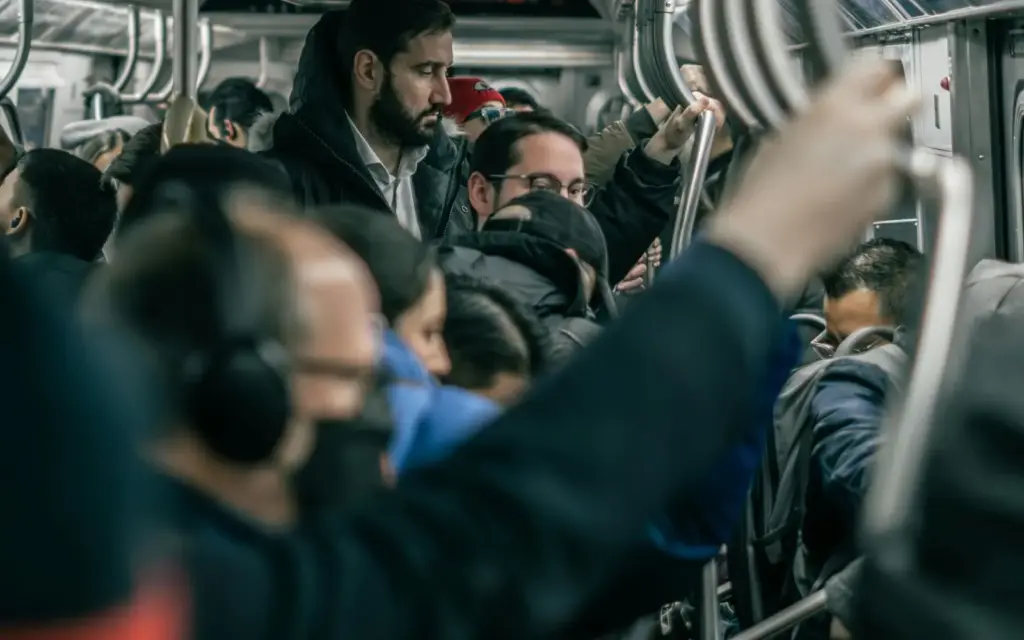
The claims that Malta was under disproportionate pressure from asylum seekers may have rung true in between 2011 and 2013, when Malta was No. 1 in the EU in terms of asylum seekers per population.
After years of hovering around four asylum seekers per 1,000 inhabitants, the number increased to 8.14 in 2019, making Malta the second-highest in the EU after Cyprus.
By 2023, Malta was no longer among the top 10 EU countries in terms of asylum applications per capita. Other small countries, notably Cyprus, Luxembourg and Estonia, processed more asylum claims per 1,000 inhabitants than Malta.
Under 200 lived in government-maintained open centres in 2024 – down from 1,621 in 2019. Only 701 applications for asylum were lodged, while there are 1,497 pending cases.
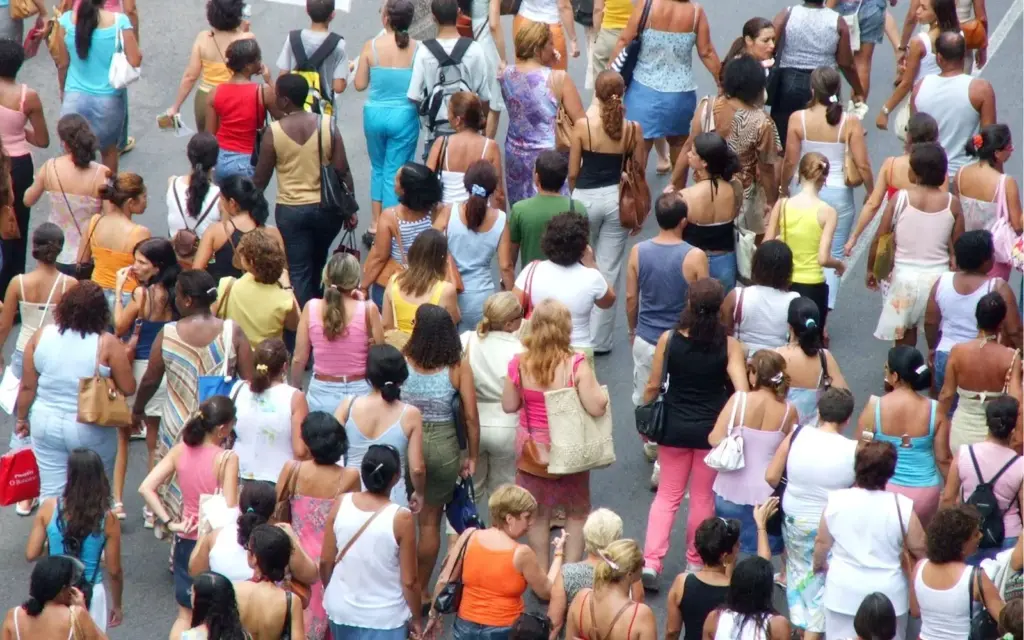
Labour migrants come through different channels.
In an interview with The Malta Independent in 2018, Clyde Caruana, then chairman of JobsPlus, stated that JobsPlus was pursuing the employment of third-country nationals to sustain Malta’s economic growth and its pension system.
“If the economy continues to grow, we will have to import foreigners, no questions asked. If we don’t, the economy will grow at a smaller rate,” he said.
When the pandemic began and many non-EU workers reportedly repatriated, then-Finance Minister Edward Scicluna told the press:
“When the private sector began to grow and could not find local workers, then naturally they began searching in Europe for workers,” he was quoted as saying to the Malta Independent.
By 2021, the Malta Chamber of Commerce called on the government to reform taxation in a way that “attracts, not detracts, foreigners from working in Malta” and to launch “an international marketing campaign showcasing Malta as a career destination”.
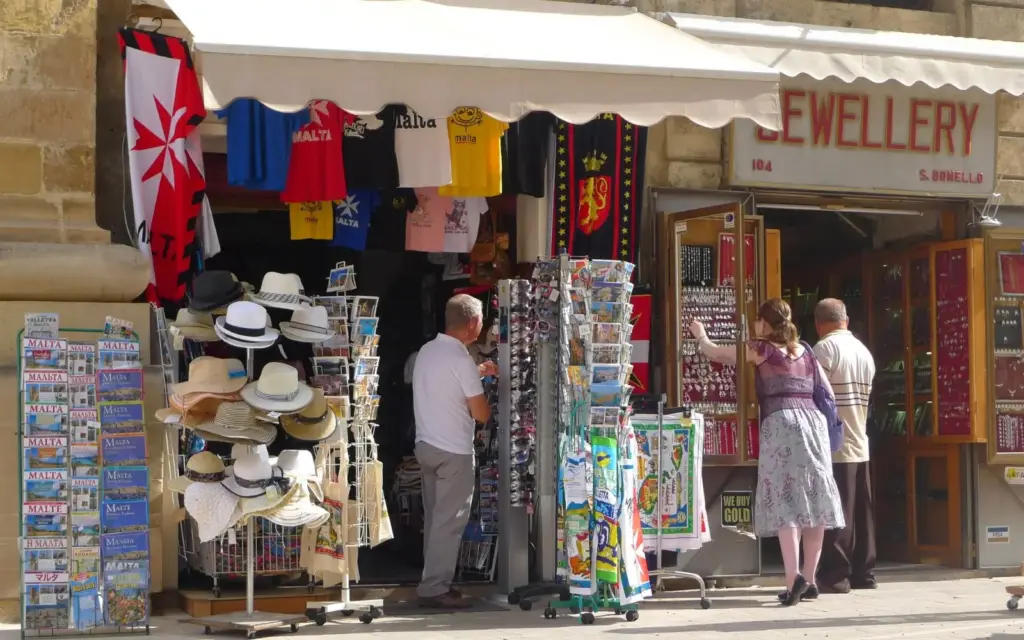
Specific key sectors attract foreign (EU and non-EU workers) to Malta.
The latest Eurostat data show that there were 34,000 workers from other EU countries and 97,000 workers from non-EU countries.
According to the latest report by the Malta Gaming Authority (MGA), there were 7,554 non-Maltese workers in online activities licensed by MGA and 422 in casinos in 2024 – nearly three-quarters of all workers in both cases.
Almost 10,000 non-EU workers were employed in the hospitality and ancillary sectors in 2022.
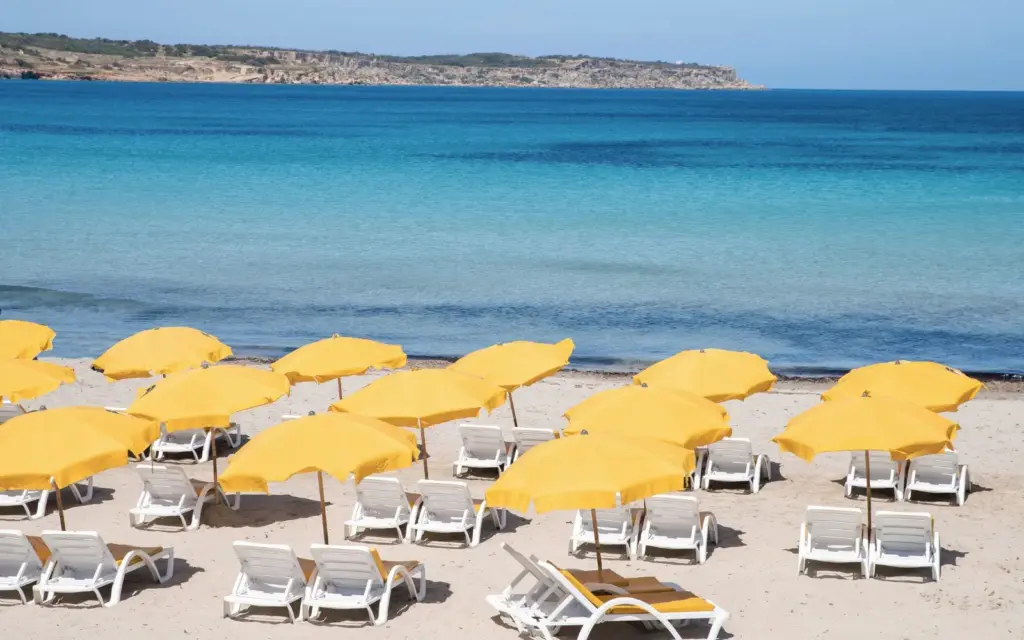
Other factors, including traffic and tourism, also contribute to the pressure on infrastructure and services, with the government’s plan to bring in up to 4.5 million tourists in 2035 already raising concerns.
In 2023:
- Tourists spent 20 million nights, at points bringing an average of nearly 56 thousand additional users of infrastructure and services on any given day.
- 6,863 EU citizens and 33,120 third-country nationals moved to Malta, while 5,952 EU citizens and 13,560 third-country nationals moved out, increasing to 911 EU and 19,560 non-EU citizens.
- There were more vehicles than Maltese citizens (although fewer than total residents) on the islands – nearly 439 thousand vehicles in total.
In 2023, for every thousand Maltese citizens shared space and infrastructure with:
- 101 tourists,
- 267 resident foreign citizens,
- among them, 21 refugees,
- Only four asylum seekers.
Inbound tourists in 2024 amounted to 3,563,618, while total nights surpassed 22.9 million – a 19.5% increase compared to 2023.

Malta being “full-up” will always be a matter of perception. However, the causes behind Malta’s overpopulation issues are clear – and have little to do with men, women and children seeking asylum in the country.
Malta’s high population density may contribute to the feeling that the country is ‘full-up’ and its resources are stretched.
However, it is not sharing the limited space and resources with refugees and asylum seekers that creates a strain: a Maltese resident shares them with four times as many tourists and 11 times as many immigrants who came to Malta for other reasons.
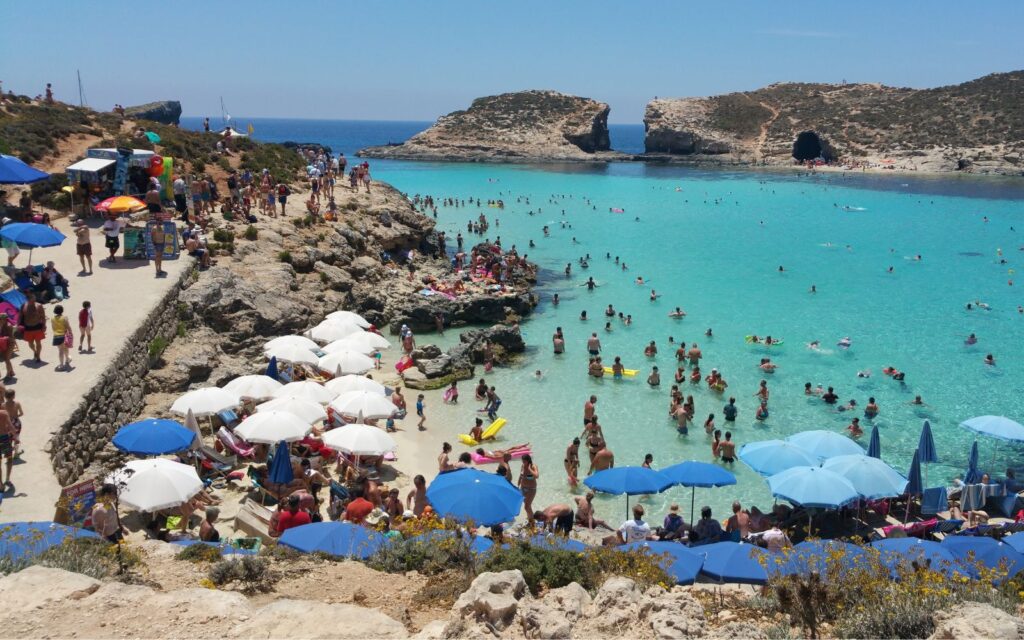
Instead, it is a longstanding policy to import legal foreign labour and supercharge the tourism sector and the national econom,y which is significantly contributing to the population growth in the country.
Malta was seeing increases in asylum applications in 2018-2019 and, for a time, topped the EU list of countries with a high rate of asylum seekers. Five years later, none of the urgency (understandable at the time) is justified.
Today, the claim that Malta is full-up with refugees and asylum seekers is false – and it’s the narratives surrounding economic growth built on population growth, whether that’s employment or tourism, that need to be challenged.
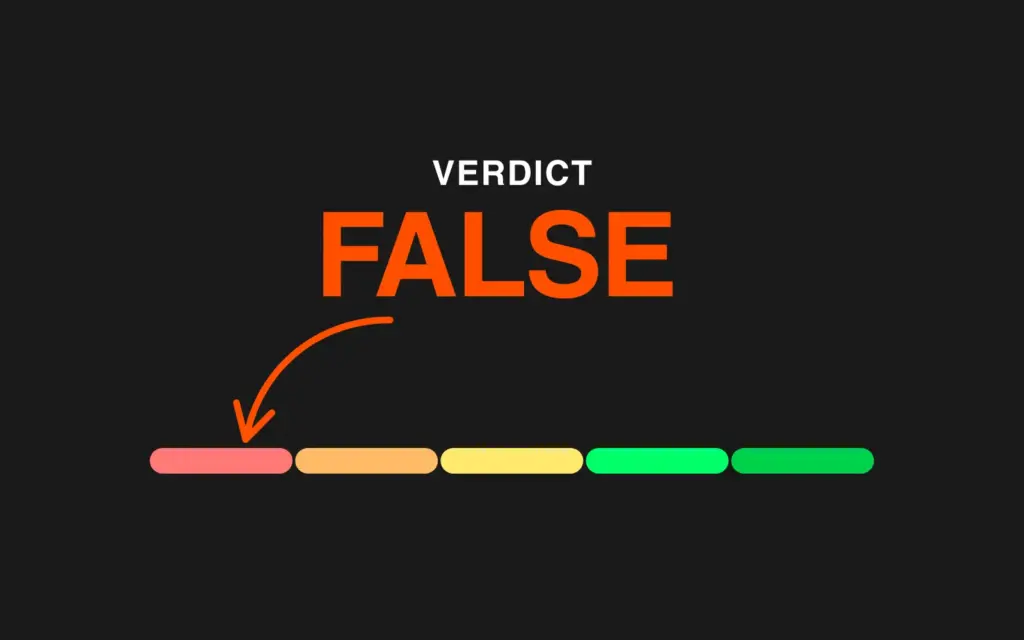
This project is supported by the European Media and Information Fund. The sole responsibility for any content supported by the European Media and Information Fund lies with the authors and it may not necessarily reflect the positions of the EMIF and the Fund Partners, the Calouste Gulbenkian Foundation and the European University Institute.
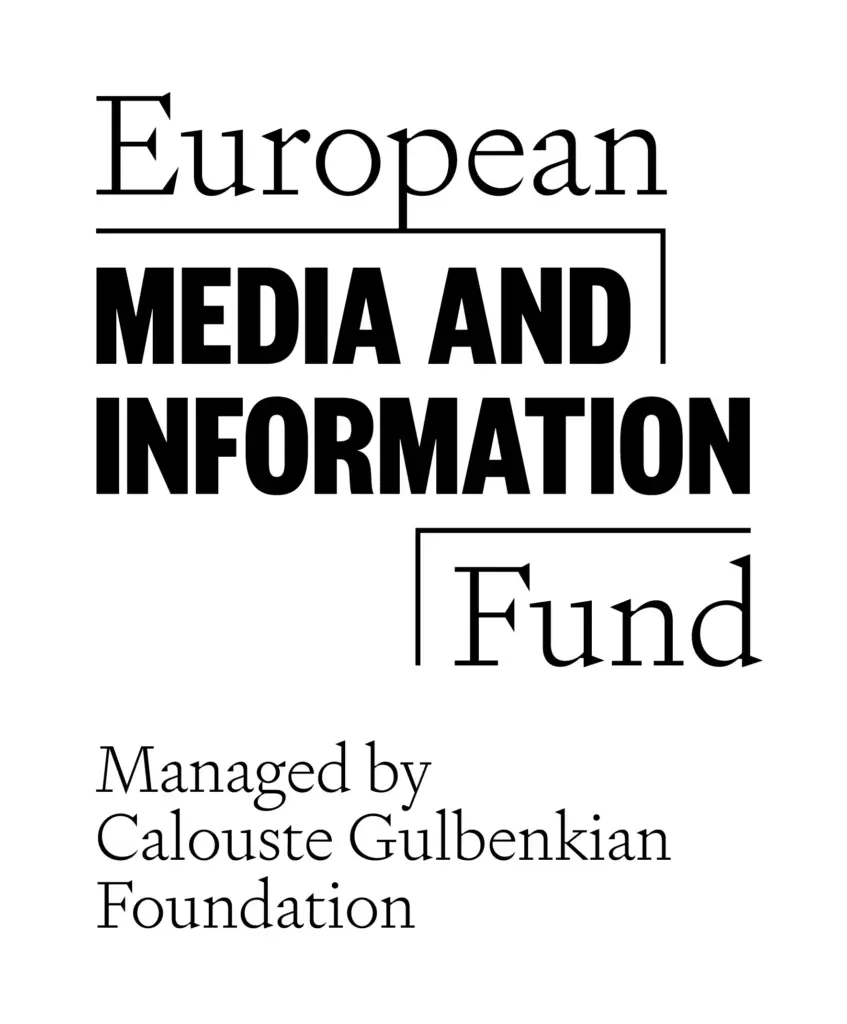
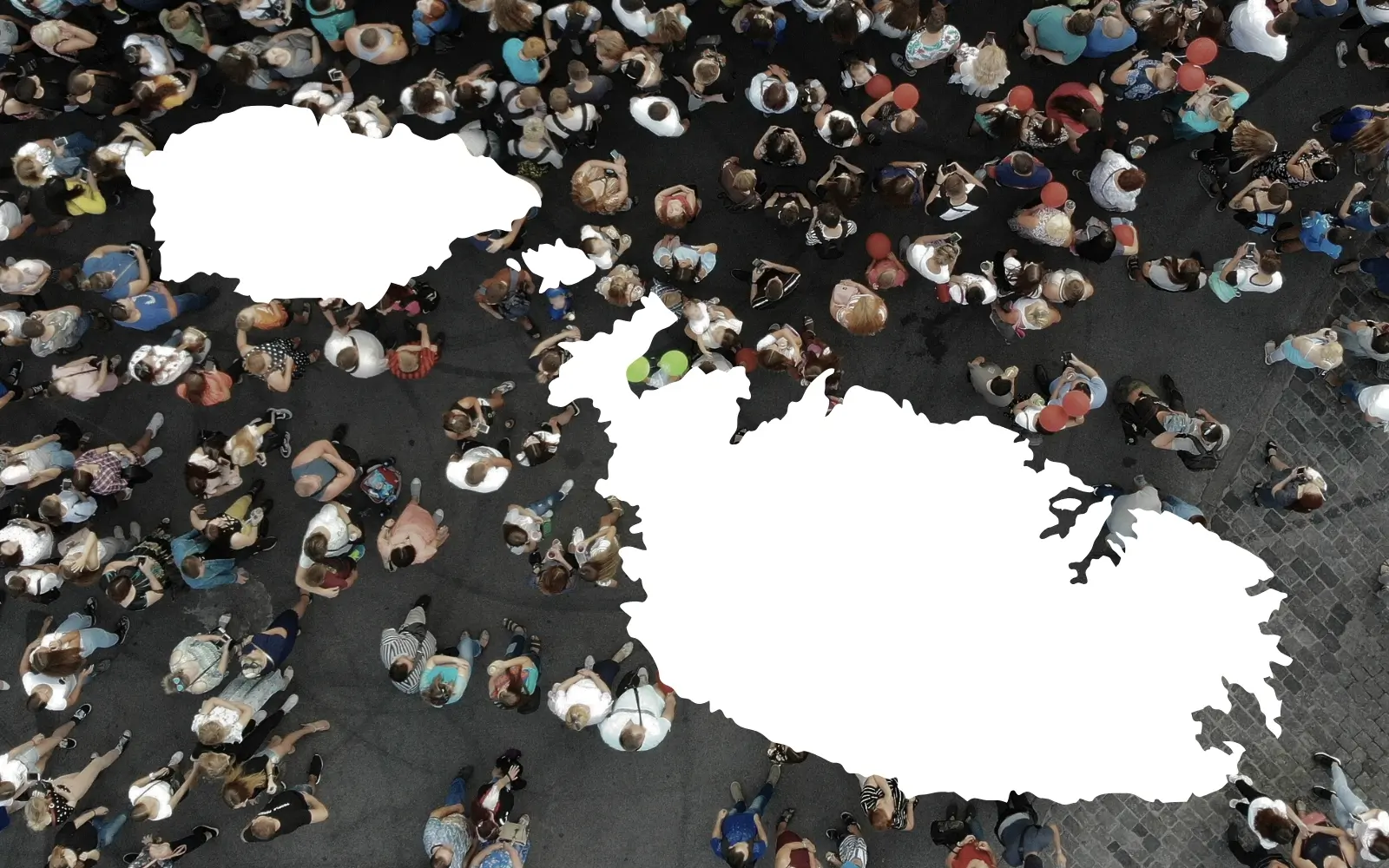
Leave a Reply